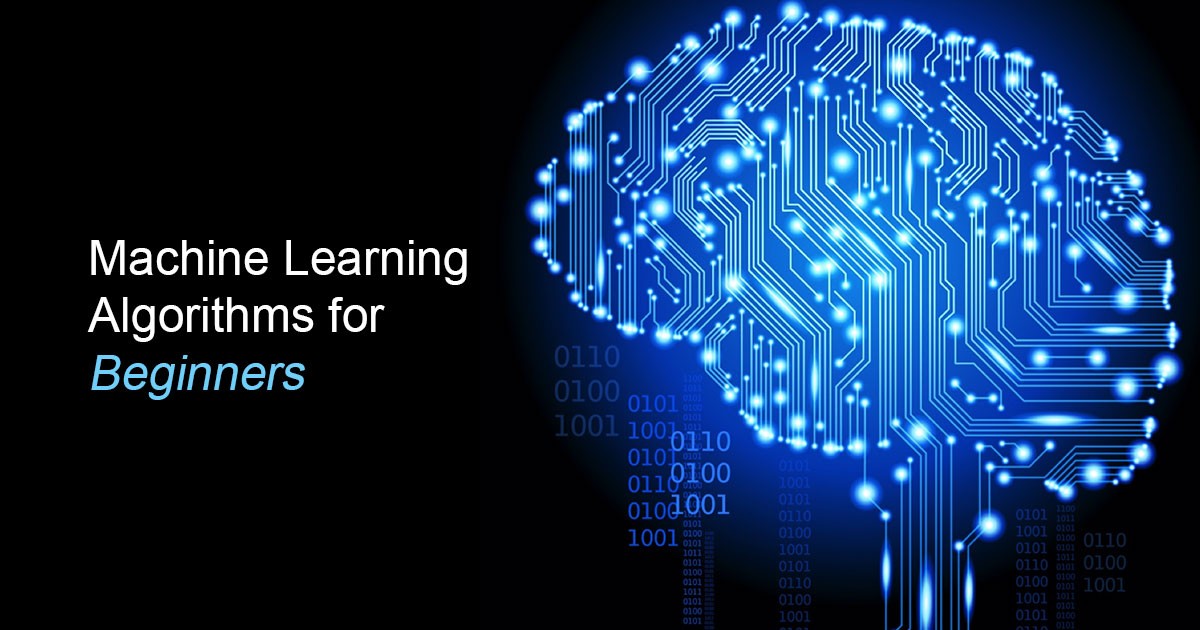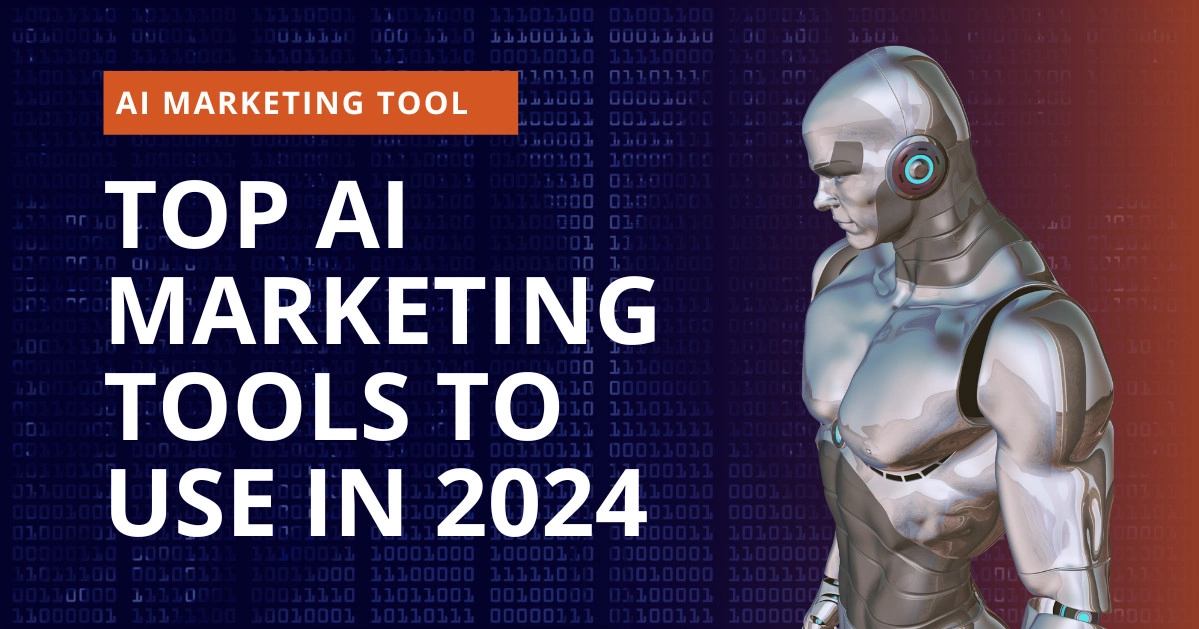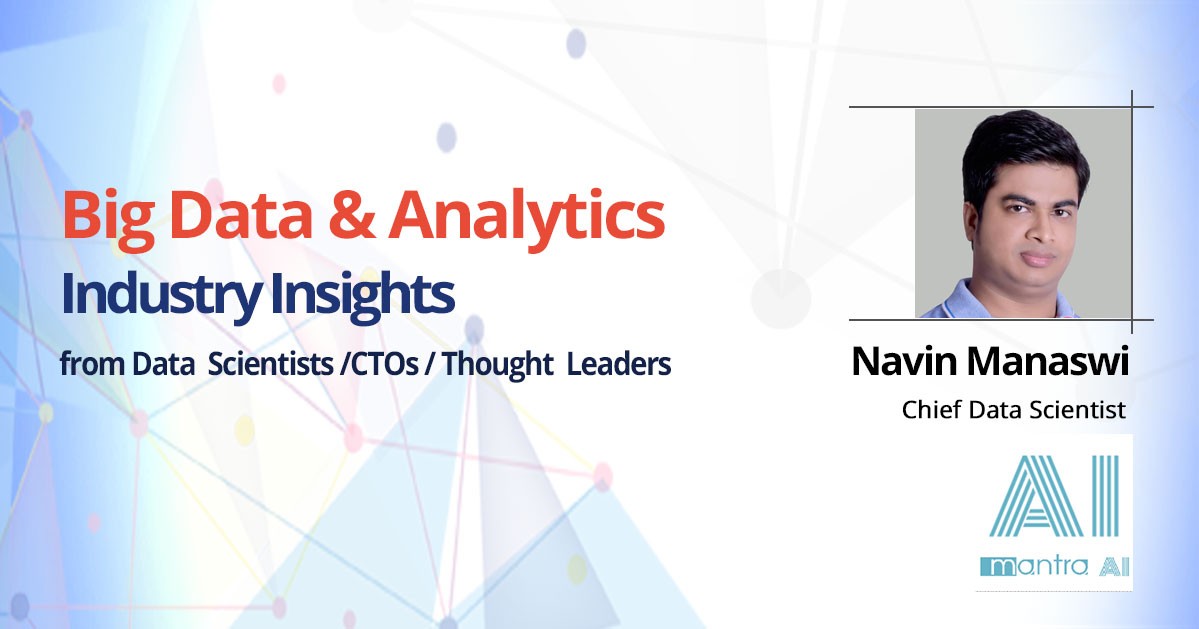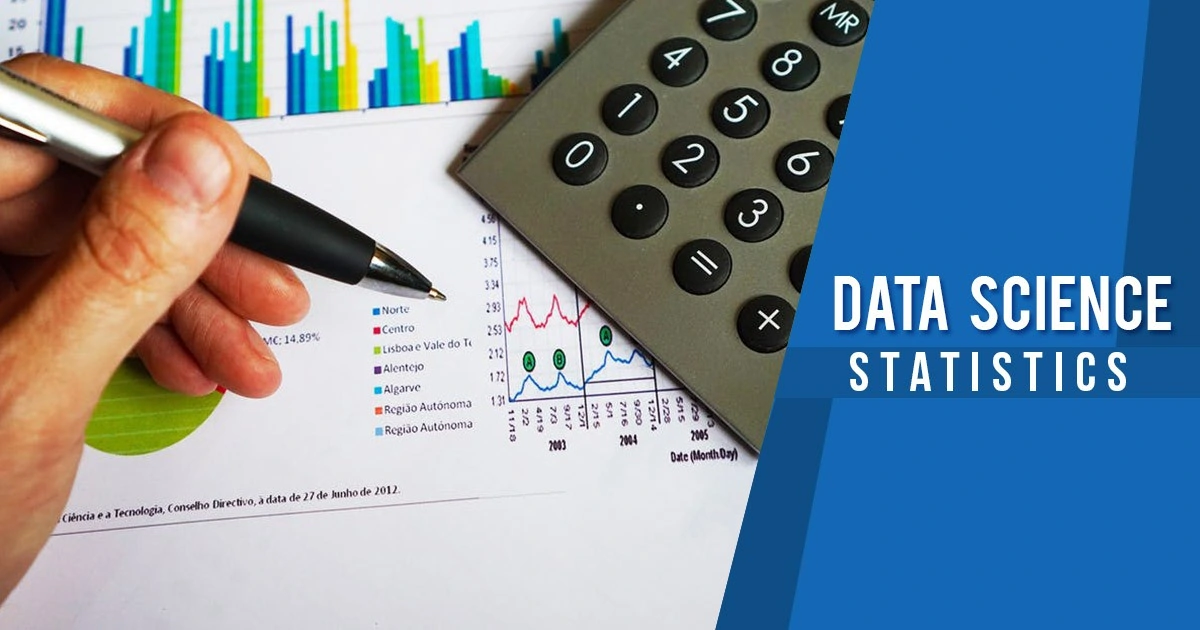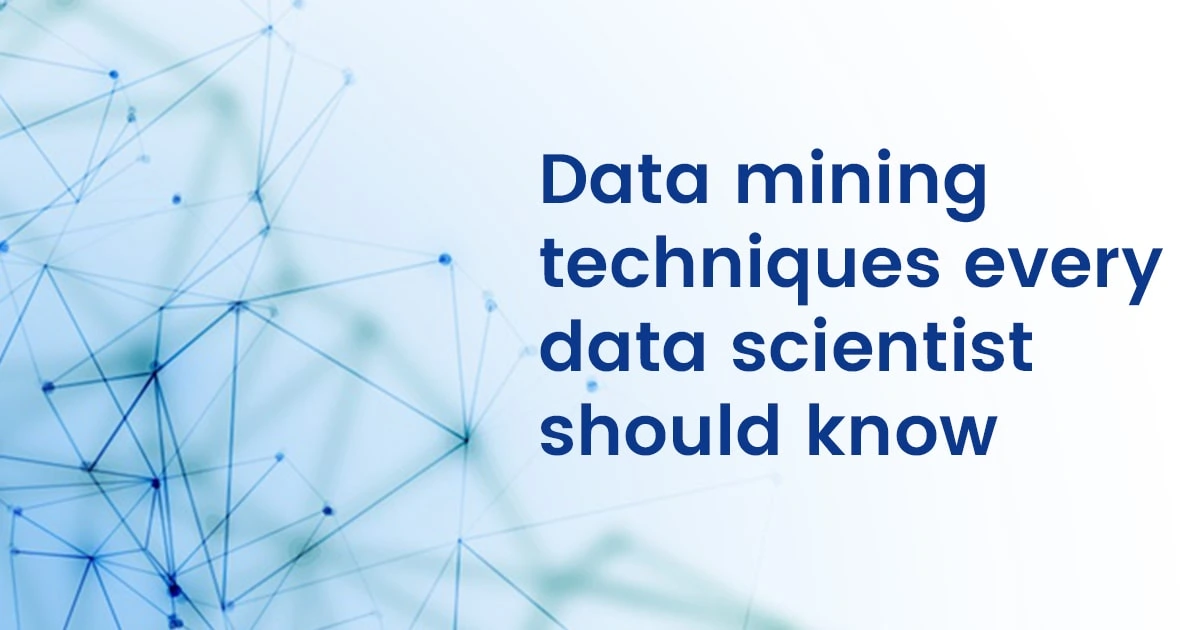Machine Learning has been dubbed as one of the ‘Sexiest Jobs of the 21st Century’ according to Harvard Business Review and data science journals. There’s no dearth of opportunities in this field, and Artificial Intelligence applications are expanding with the widening scopes of Big Data and Deep Learning.
If you have just started grasping Machine Learning foundations and want to try your hand at studying ML Algorithms, then look no further and keep reading.
Types of Machine Learning Algorithms
Machine Learning algorithms deepen your understanding of ML Applications and techniques. To better understand how algorithms work, you must have a basic understanding of their different types.
There are mainly three types of Machine Learning Algorithms–
-
Supervised Learning
Supervised learning is where you train the algorithm using existing data sets and input/output variables. You basically “hand-hold” the algorithm and train it under supervision to reach specific judgment so that it can carry out those processes on its own later on.
-
Unsupervised Learning
Unsupervised learning is where there are no specific answers and algorithms learn on their own by analyzing unstructured data sets. You simply provide input variables, and the algorithm reaches conclusions on its own from there.
-
Reinforcement Learning
Reinforcement Learning is a type of Machine Learning algorithm that uses simple reward feedback to reinforce an ideal behavior. It learns through interactions from its environment instead of being explicitly taught.
10 Machine Learning Algorithms for Beginners
Now that we have discussed different types of ML Algorithms let’s dive into the top Machine Learning Algorithms you can get started with today in order to expand your skills and proficiency as a Data Scientist.
1.) Naive Bayes Classifier Algorithm
If you’re planning to automatically classify web pages, forum posts, blog snippets and tweets without manually going through them, then the Naive Bayes Classifier Algorithm will make your life easier. This classifies words based on the popular Bayes Theorem of probability and is used in applications related to disease prediction, document classification, spam filters and sentiment analysis projects.
You can use the Naive Bayes Classifier Algorithm for ranking pages, indexing relevancy scores and classifying data categorically.
2.) K-Means Clustering Algorithm
The K-Means Clustering Algorithm is an unsupervised Machine Learning Algorithm that is used in cluster analysis. It works by categorizing unstructured data into a number of different groups ‘k’ being the number of groups. Each dataset contains a collection of features and the algorithm classifies unstructured data and categorizes them based on specific features.
This algorithm is frequently used in applications such as grouping images into different categories, detecting different activity types in motion sensors and for monitoring whether tracked data points change between different groups over time. There are business use cases of this algorithm as well such as segmenting data by purchase history, classifying personas based on different interests, grouping inventories by manufacturing and sales metrics, etc.
3.) Support Vector Machine (SVM) Learning Algorithm
Support Vector Machine Learning Algorithm is used in business applications such as comparing the relative performance of stocks over a period of time. These comparisons are later used to make wiser investment choices. SVM Algorithm is a supervised learning algorithm, and the way it works is by classifying data sets into different classes through a hyperplane.
It marginalizes the classes and maximizes the distances between them to provide unique distinctions. You can use this algorithm for classification tasks that require more accuracy and efficiency of data.
4.) Recommender System Algorithm
The Recommender Algorithm works by filtering and predicting user ratings and preferences for items by using collaborative and content-based techniques. The algorithm filters information and identifies groups with similar tastes to a target user and combines the ratings of that group for making recommendations to that user. It makes global product-based associations and gives personalized recommendations based on a user’s own rating. For example, if a user likes the TV series ‘The Flash’ and likes the Netflix channel, then the algorithm would recommend shows of a similar genre to the user.
5.) Regression Machine Learning Algorithms
Regression Machine Learning Algorithms are of two types – Linear regression and logistic regression.
Linear Regression
Linear regression is one of the easiest to understand Machine Learning Algorithms for beginners. It is basically used to showcase the relationship between dependent and independent variables and show what happens to the dependent variables when changes are made to independent variables. It’s widely used for applications such as sales forecasting, risk assessment analysis in health insurance companies and requires minimal tuning.
Logistic Regression
Logistic Regression is a statistical analysis technique which is used for predictive analysis. It uses binary classification to reach specific outcomes and models the probabilities of default classes. A good example of logistic regression is when credit card companies develop models which decide whether a customer will default on their loan EMIs or not. The best part of logistic regression is that you can include more explanatory (dependent) variables such as dichotomous, ordinal and continuous variables to model binomial outcomes.
Logistic regression is used in applications such as-
- To Identifying risk factors for diseases and planning preventive measures
- Classifying words as nouns, pronouns, and verbs
- Weather forecasting applications for predicting rainfall and weather conditions
- In voting applications to find out whether voters will vote for a particular candidate or not
6.) Decision Tree Machine Learning Algorithm
You want to buy a video game DVD for your best friend’s birthday but aren’t sure whether he will like it or not. You ask the Decision Tree Machine Learning Algorithm, and it will ask you a set of questions related to his preferences such as what console he uses, what is your budget. It’ll also ask whether he likes RPG or first-person shooters, does he like playing single player or multiplayer games, how much time he spends gaming daily and his track record for completing games.
Its model is operational in nature, and depending on your answers, the algorithm will use forward, and backward calculation steps to arrive at different conclusions.
Applications of this algorithm range from data exploration, pattern recognition, option pricing in finances and identifying disease and risk trends.
7.) Random Forest ML Algorithm
The Random Forest ML Algorithm is a versatile supervised learning algorithm that’s used for both classification and regression tree analysis tasks. It creates a forest with a number of trees and makes them random. Although similar to the decision trees algorithm, the key difference is that it runs processes related to finding root nodes and splitting feature nodes randomly.
It essentially takes features and constructs randomly created decision trees to predict outcomes, votes each of them and consider the outcome with the highest votes as the final prediction. The random forest algorithm is used in industrial applications such as finding out whether a loan applicant is low-risk or high-risk, predicting the failure of mechanical parts in automobile engines and predicting social media share scores and performance scores.
8.) Principal Component Analysis (PCA) Algorithm
The Principal Component Analysis (PCA) is a dimensionality reduction algorithm, used for speeding up learning algorithms and can be used for making compelling visualizations of complex datasets. It identifies patterns in data and aims to make correlations of variables in them. Whatever correlations the PCA finds is projected on a similar (but smaller) dimensional subspace. The algorithm is used in applications such as gene expression analysis, stock market predictions and in pattern classification tasks that ignore class labels.
9.) Artificial Neural Networks
Artificial Neural Network algorithms consist of different layers which analyze data. There are hidden layers which detect patterns in data and the greater the number of layers, the more accurate the outcomes are. Neural networks learn on their own and assign weights to neurons every time their networks process data.
Convolutional Neural Networks and Recurrent Neural Networks are two popular Artificial Neural Network Algorithms.
Convolutional Neural Networks are feed-forward Neural networks which take in fixed inputs and give fixed outputs. For example – image feature classification and video processing tasks.
Recurrent Neural Networks use internal memory and are versatile since they take in arbitrary length sequences and use time-series information for giving outputs. For example – language processing tasks and text and speech analysis
Essentially, deep learning networks are collectively used in a wide variety of applications such as handwriting analysis, colorization of black and white images, computer vision processes and describing or captioning photos based on visual features.
10.) K-Nearest Neighbors Algorithm
The K-Nearest Neighbors Algorithm is a lazy algorithm that takes a non-parametric approach to predictive analysis. If you have unstructured data or lack knowledge regarding the distribution data, then the K-Nearest Neighbors Algorithm will come to your rescue. The training phase is pretty fast, and there is a lack of generalization in its training processes. The algorithm works by finding similar examples to your unknown example, and using the properties of those neighbouring examples to estimate the properties of your unknown examples.
The only downside is its accuracy can be affected as it is not sensitive to outliers in data points.
This algorithm is used in industrial applications in tasks such as when a user wants to look for similar items in comparison to others. It’s even used in handwriting detection applications and image/video recognition tasks.
The best way to advance your understanding of these algorithms is to try your hand in image classification, stock analysis, and similar beginner data science projects. Writing your own Machine Learning Algorithms from scratch is a great way to understand how algorithms fit into Machine Learning models and how they process data to reach conclusions.
The key takeaway from this post is that you must apply these algorithms to help you solve problems and work on learning how to implement them to advance your Data Science skills.
If you are looking forward to building a career in Machine Learning, you should have a look at these Machine Learning Courses in Bangalore.
Are you inspired by the opportunity of Machine Learning? You may also enroll in a Machine Learning Course for more lucrative career options.
We hope you’ve enjoyed this article and for any further suggestions or queries, feel free to comment below.
Image Credits: https://static.pexels.com
